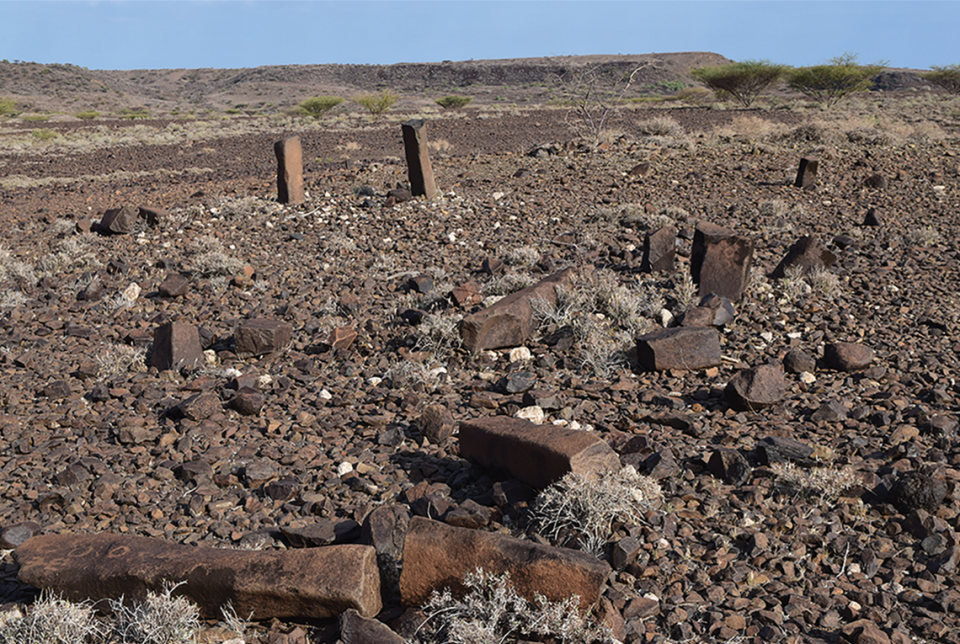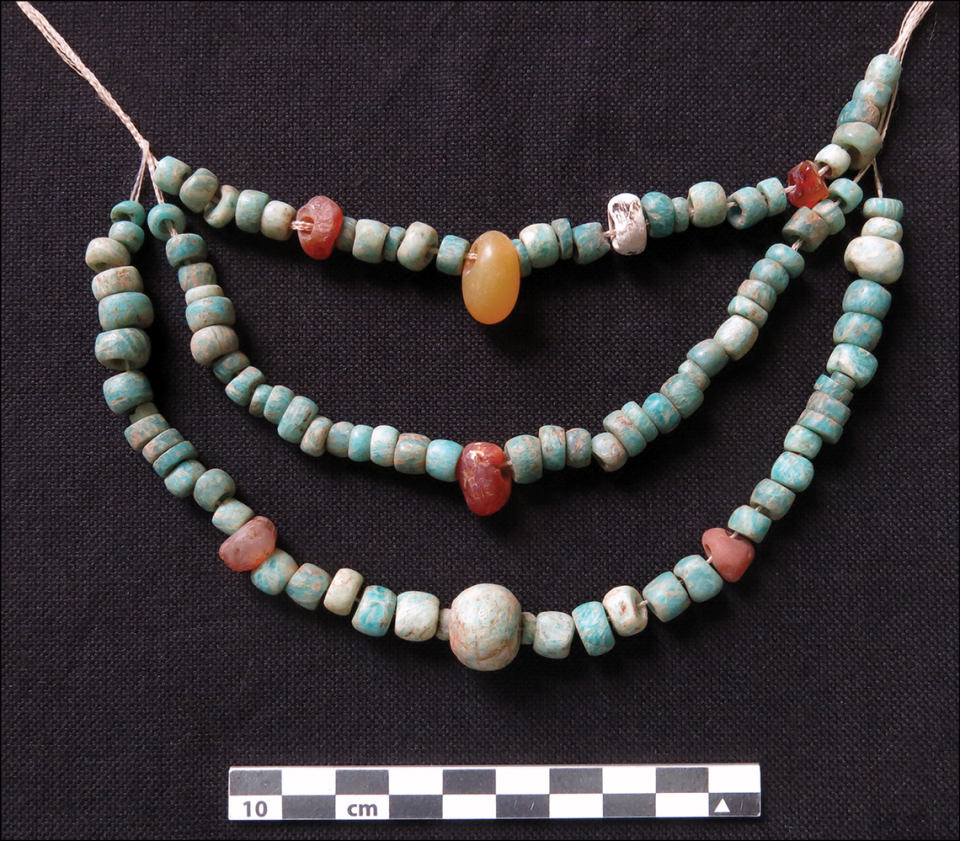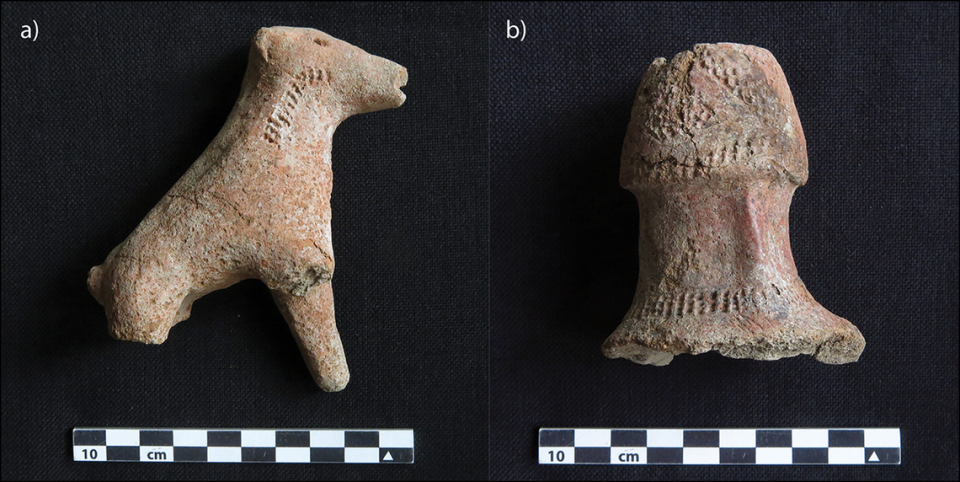‘Monumental’ 5,000-year-old cemetery unearthed below stone pillars near lake in Kenya
Along the shoreline of a lake in northern Kenya, a collection of stone pillars stand in a rough circle, marking the location of a “monumental” ancient cemetery, according to a new study.
Shallow excavations of the Jarigole pillar site in the 1980s and ’90s concluded that the area was used as a secondary burial site, a place where the bones and fragmentary remains of the deceased were buried long after death. Digging deeper, archaeologists found evidence that challenged this idea, according to a study published Thursday, Dec. 8, in the journal Antiquity.
Archaeologists re-excavated the “megalithic” pillar site at Lake Turkana, the study said. Their excavation uncovered a large cavity with the remains of nine bodies buried about 5,000 years ago. These bodies were buried with accessories shortly after their deaths.

In one burial, researchers found over a hundred beads made of amazonite, a blue-green gemstone, around the neck and chest of the deceased, the study said. The beads may have formed a necklace. Photos offer one possible reconstruction of the jewelry.

Another burial contained over 300 small beads made of ostrich eggshells. These beads appeared to come from a bracelet that still encircled the deceased’s wrist, the study said.
These bodies were buried at the deepest portions of the cemetery cavity, researchers said. Atop the burials, where shards of “deliberately broken pots,” ceramic figures, charcoal and fragmentary remains, primarily teeth and hand bones. Photos show the animal and phallus-shaped ceramics.

Archaeologists concluded that the cemetery was a preplanned site used for burying people soon after they died, the study said. The mobile herding groups that lived near Lake Turkana 5,000 years ago “must have been within a few days’ walk from a pillar site to enable these burials,” researchers said. Alternatively, the herders found “funerary rituals ... important enough for people to cease other activities and travel whenever a death occurred.”
In this way, the Lake Turkana cemetery “may have helped unite dispersed and potentially diverse groups of people,” archaeologists said.
Lake Turkana is about 345 miles northwest of Nairobi.
Watchful cat, slithering snake among 2,000-year-old drawings found in Peru. Take a look
Adorable baby elephant’s birth causes huge celebration from herd in Kenya, video shows
1,400-year-old church ruins — with Islamic burial — reveal changes in ancient Eritrea

